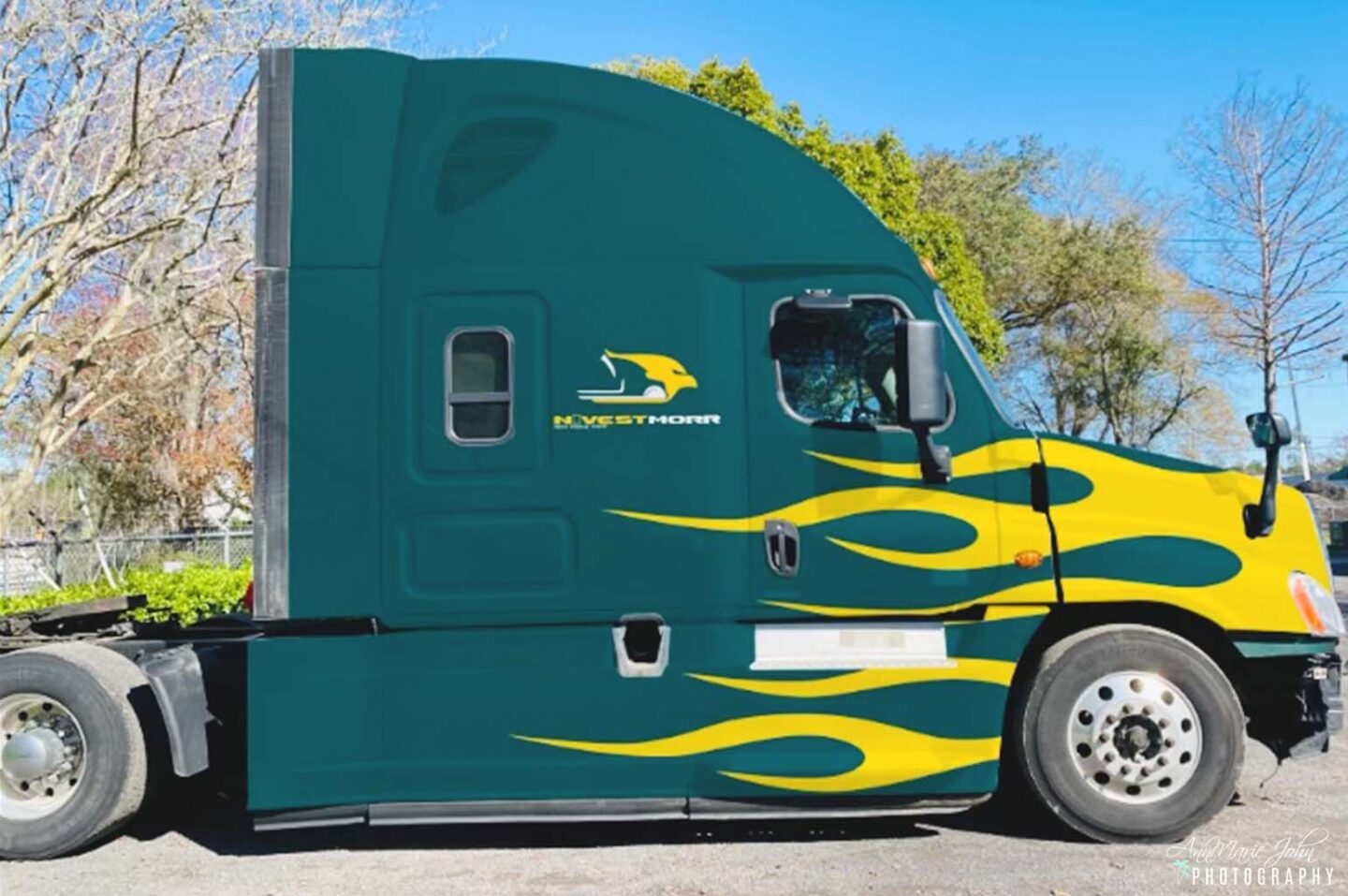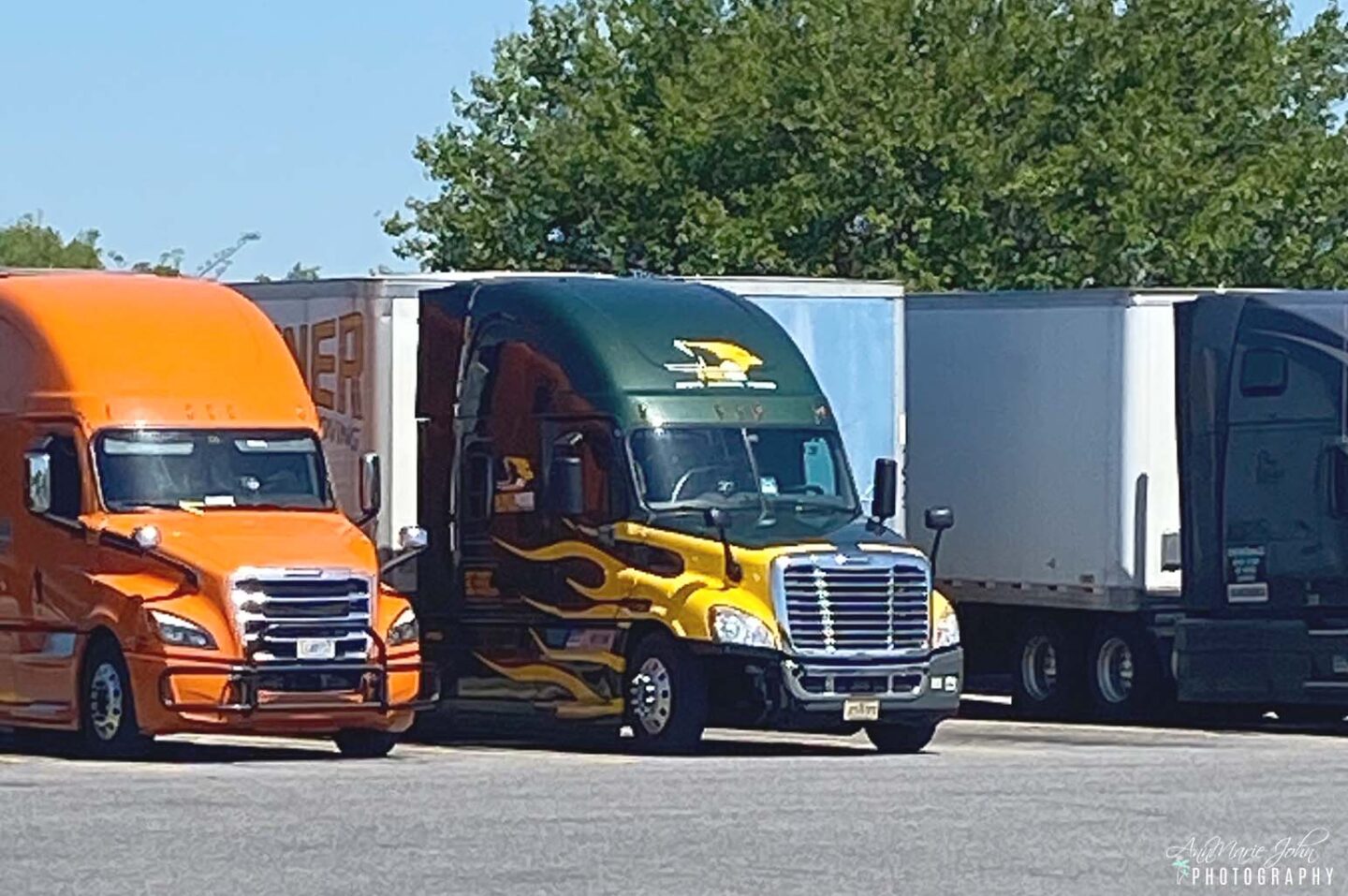The trucking industry is vital to the economy, transporting goods and materials across the country. However, the industry is facing challenges, including a driver shortage, increased regulation, and rising maintenance costs.
To meet these challenges, trucking companies are turning to fleet management solutions. Fleet management can help businesses optimize their operations, improve safety, and save money.
In this article, we will take a closer look at the current trends in fleet management for the trucking industry.

Efficient Fleet tracking
The trucking industry is constantly changing and evolving. To stay ahead of the curve, fleet managers must be aware of the latest trends so they can make the necessary changes to their operations. One of the most important trends right now is fleet tracking. Fleet tracking involves using truck cameras and GPS technology to track the location and status of vehicles in a fleet. This information can be used to improve route planning, optimize fuel usage, and improve driver safety.
There are many benefits of using fleet tracking, but it is important to choose the right solution for your operation. With so many options on the market, it can be difficult to know where to start.
Here is a list of the top five trends in fleet tracking.
1. Cloud-based solutions
Cloud-based fleet tracking solutions are becoming more popular because they offer a number of advantages over traditional on-premise systems.
Cloud-based solutions are typically more affordable and easier to implement than on-premise systems. They also offer more flexibility because they can be accessed from anywhere with an internet connection.
2. Big data analytics
Big data analytics is another trend that is gaining popularity in the fleet tracking industry. This technology can be used to collect and analyze large amounts of data to improve decision-making.
Big data analytics can be used to track things like vehicle utilization, driver behavior, and maintenance schedules. This information can be used to improve fleet efficiency and reduce costs.
3. Vehicle telematics
Vehicle telematics is a technology that uses sensors to collect data about a vehicle’s performance. This data can be used to monitor things like fuel usage, speed, and engine performance.
Telematics can also be used to track driver behavior. This information can be used to improve safety and reduce accidents.
4. Electric vehicles
Electric vehicles are becoming more popular in the trucking industry because they offer a number of advantages over traditional diesel-powered trucks.
Electric vehicles are more environmentally friendly than diesel trucks and they also tend to be more efficient. Electric trucks are also becoming more affordable as technology continues to improve.
5. Connected vehicles
Connected vehicles are another trend that is gaining popularity in the trucking industry. This technology allows vehicles to communicate with each other and with infrastructures like traffic lights and road signs.
This information can be used to improve route planning and driver safety. Connected vehicle technology is still in its early stages, but it has the potential to revolutionize the trucking industry.
The Driver Shortage
One of the biggest challenges facing the trucking industry is a driver shortage. According to the American Trucking Association (ATA), the industry is currently short of about 60,000 drivers. This shortage is expected to grow to more than 100,000 by 2026.
There are several reasons for the driver shortage. First, the population of potential drivers is shrinking. The average age of truck drivers is 49, and many are nearing retirement age. Second, the industry has been struggling to attract new drivers. The long hours and time away from home can be unattractive to potential recruits.
To meet the demand for drivers, trucking companies are turning to fleet management solutions. Fleet management can help businesses optimize their operations, improve safety, and save money.
Increased Regulation
Another challenge facing the trucking industry is increased regulation. The government has put in place a number of regulations that impact the trucking industry, including hours of service rules and emissions standards.
The hours of service rules limit the number of hours that a driver can operate a truck. These rules are designed to improve safety, but they can also lead to delays and disruptions for trucking companies.
Emissions standards are another area of regulation that impacts the trucking industry. Trucks must meet strict emissions standards set by the government. To comply with these standards, trucking companies must invest in new technologies and cleaner-burning engines.
Rising Maintenance Costs
Maintenance costs are another challenge facing the trucking industry. As trucks age, they require more maintenance and repairs. This can be costly for trucking companies, especially if they do not have a fleet management solution in place.
Fleet management solutions can help trucking companies reduce maintenance costs. Fleet management systems can track a variety of data points, including fuel usage, mileage, and engine hours. This data can be used to identify potential problems before they occur. As a result, trucking companies can avoid costly repairs and downtime.

The trucking industry is facing a number of challenges, but fleet management solutions can help businesses overcome these challenges. Fleet management can help businesses optimize their operations, improve safety, and save money.
